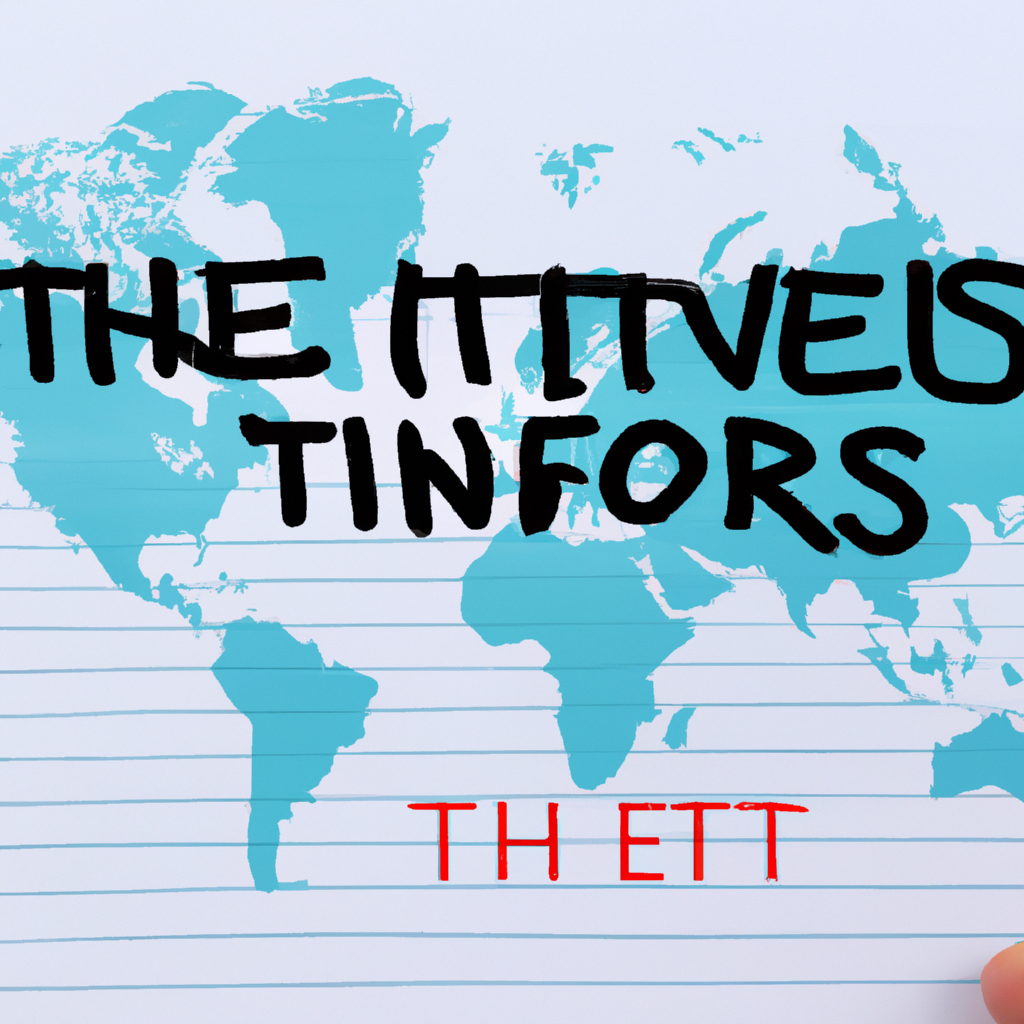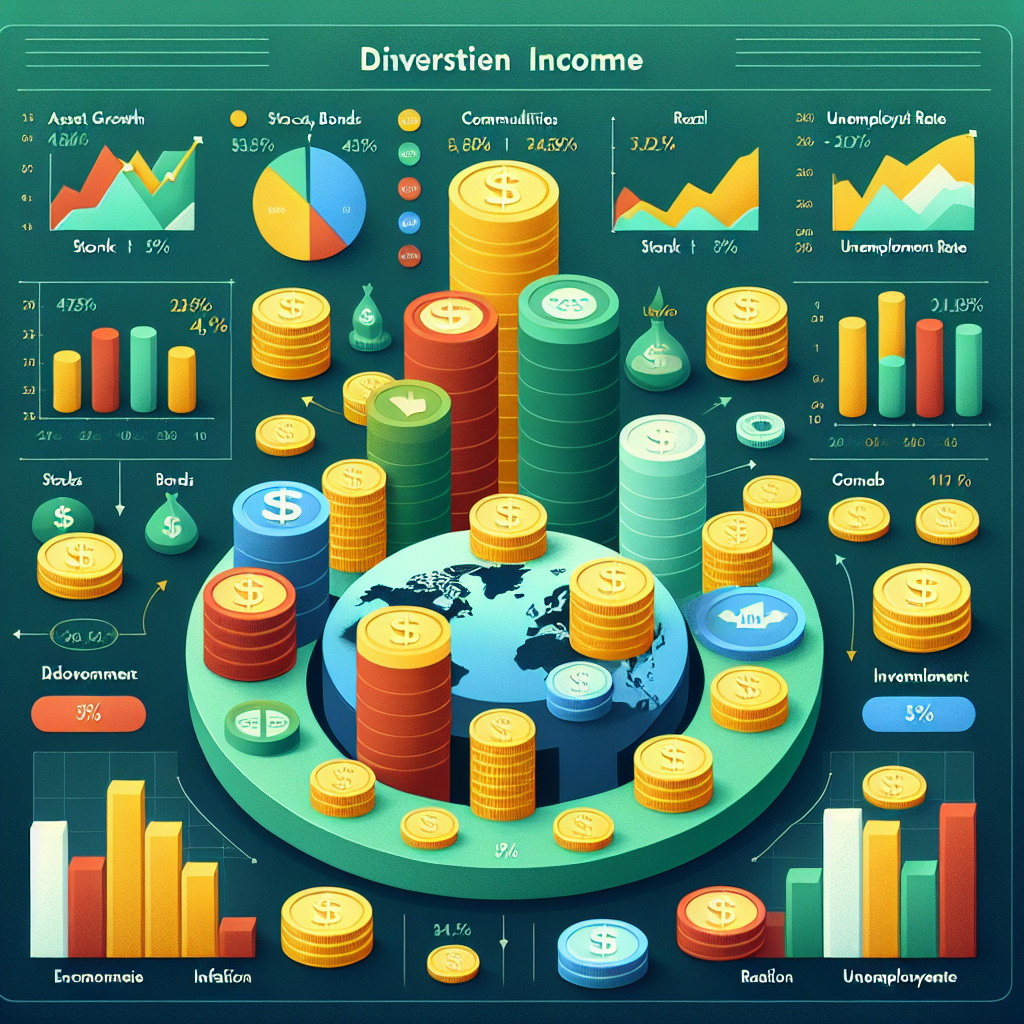How to Invest in International ETFs
What are International ETFs?
International Exchange-Traded Funds (ETFs) are investment funds that track foreign stock markets or specific regions outside of the United States. They provide investors with a diversified portfolio of international securities without the need to directly invest in individual foreign stocks.
Why Invest in International ETFs?
Investing in international ETFs can provide diversification benefits, exposure to global markets, and potential for higher returns compared to domestic investments. It can also help hedge against currency risk and geopolitical events that may impact domestic markets.
How to Invest in International ETFs
1. Choose a Brokerage Account
Before investing in international ETFs, you’ll need to open a brokerage account that offers access to a wide range of international ETFs. Look for a reputable brokerage with low fees and a user-friendly platform.
2. Research International ETFs
Do your research on different international ETFs to find ones that align with your investment goals and risk tolerance. Consider factors such as the fund’s expense ratio, performance history, holdings, and geographic exposure.
3. Decide on Your Allocation
Determine how much of your investment portfolio you want to allocate to international ETFs. Consider your overall investment strategy, risk tolerance, and diversification goals when deciding on your allocation.
4. Place Your Order
Once you’ve chosen the international ETFs you want to invest in and decided on your allocation, place your order through your brokerage account. You can buy international ETFs just like you would buy domestic ETFs, by entering the ticker symbol and the amount you want to invest.
5. Monitor Your Investments
After investing in international ETFs, it’s important to monitor your investments regularly to ensure they align with your investment goals. Keep track of the performance of your international ETFs and make adjustments as needed based on market conditions and changes in your investment strategy.
Conclusion
Investing in international ETFs can be a valuable addition to your investment portfolio, providing diversification and exposure to global markets. By following these steps and staying informed about your investments, you can successfully invest in international ETFs and potentially achieve higher returns over the long term.


